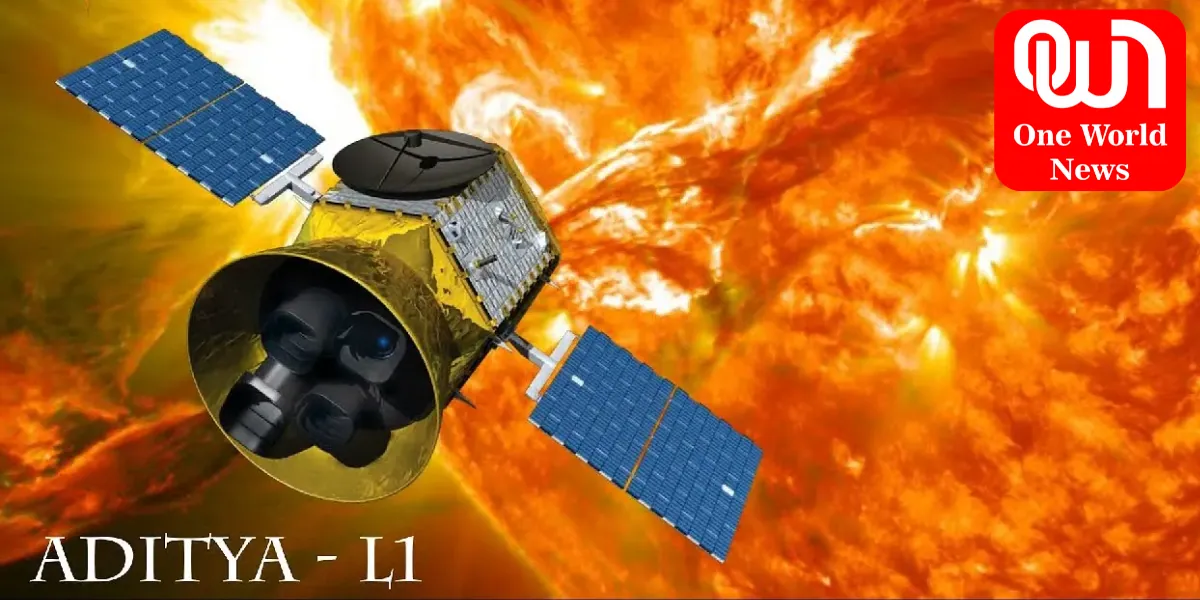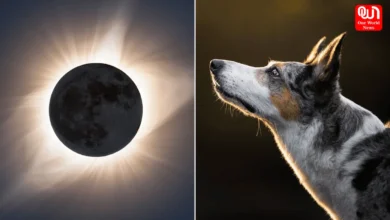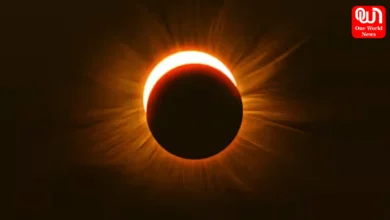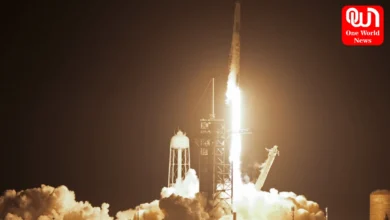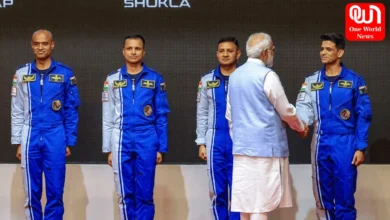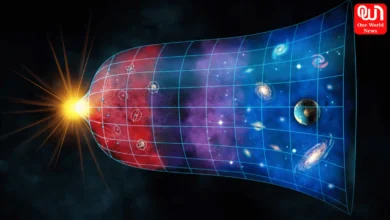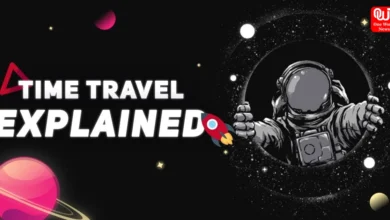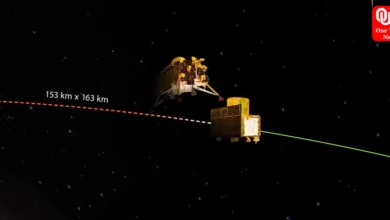ADITYA-L1: India is preparing for the first ever mission to study the Sun.
Aditya L1 is a planned coronagraphy spacecraft to study solar atmosphere, currently being designed and developed by the Indian Space Research Organisation and various other Indian research institutes (wiki).
Aditya L1 will be the Indian venture to study the Sun.
The spacecraft shall be positioned in a halo orbit around the Lagrange point 1 (L1) of the sun-Earth machine, which is set 1.5 million km from the Earth. A satellite positioned in the halo orbit around the L1 factor has the predominant advantage of continuously viewing the sun without any occultation/eclipses.
This may provide a greater gain of observing the solar sports and its effect on area weather in actual time. The spacecraft contains seven payloads to observe the photosphere, chromosphere and the outermost layers of the sun (the corona) the usage of electromagnetic and particle and magnetic field detectors. Using the special vantage factor L1, 4 payloads without delay are designed to view the solar field and the final 3 payloads are to perform in-situ research of particles and fields on the Lagrange point L1, for that reason offering critical medical research of the propagatory effect of sun dynamics within the interplanetary medium.
The predominant technology targets of Aditya-L1are:
Read more:- MPs Demand: Suspension of all Business, Discuss Manipur
- To look at solar upper atmospheric (chromosphere and corona) dynamics.
- Observation of chromospheric and coronal heating, physics of the partially ionised plasma, initiation of the coronal mass ejections, and flares
- Take a look at the in-situ particle and plasma surroundings, presenting information of the particle dynamics from the sun.
Physics of sun corona and its heating mechanism.
Read more:- Govt Asks Twitter: Remove Manipur Paraded Women Video
- Diagnostics of the coronal and coronal loops plasma: Temperature, speed and density.
- improvement, dynamics and beginning of CMEs.
- perceive the series of processes that arise at a couple of layers (chromosphere, base and extended corona) which finally ends in solar eruptive activities.
- Magnetic field topology and magnetic field measurements within the sun corona .
- Drivers for area climate, place, composition and dynamics of sun wind .
The first Indian mission to the sun ‘ADITYA-L1’ is scheduled to be launched aboard a PSLV-XL launch vehicle on 26 August 2023.
#WATCH | Srishti Choudhary(@Srish__T) takes a closer look at Mission Aditya – L1: A 15-Year Journey That Saw Indian Astronomers Build Most Complex Satellite Payload Ever Which Is Paving The Way For India's First Mission To The #Sun#Science #Space #Mission #VELC #News #ISRO pic.twitter.com/r8WvAVLGrm
— News18 (@CNNnews18) January 28, 2023
Like this post?
Register at One World News to never miss out on videos, celeb interviews, and best reads.

